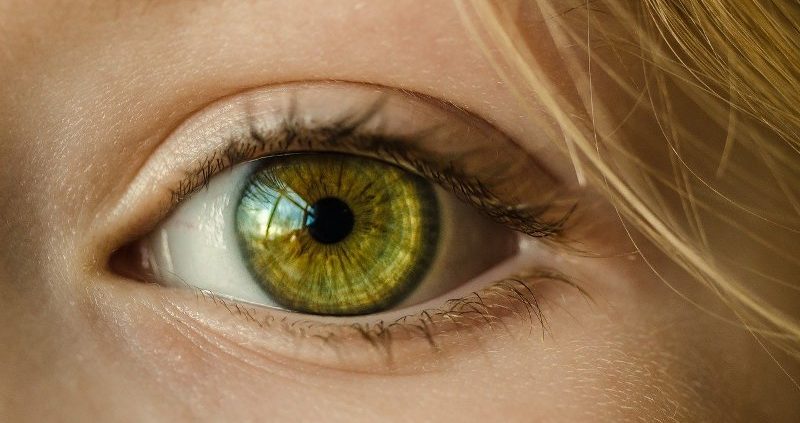Have you ever felt that something isn’t quite right? Your head feels strange and your eye feels puffy? You go to the mirror, only to be stunned to see that your eyelid is swelling at a rapid rate. A swollen eyelid not only looks unsightly but watching part of your face swell is utterly terrifying, especially if you’re unsure of why it’s happening.
Thankfully, eyelid swelling is incredibly common and isn’t usually a cause for concern, but if you’re experiencing any of the following symptoms, you should reach out to your doctor as soon as possible:
- Pain in your eye that is getting worse
- If you can’t move your eyeball muscle normally
- You’re seeing visual disturbances or floaters in your vision
- Your vision is deteriorating
- You have a fever, chills, nausea, or confusion
- You feel as though there is something in your eye
If you feel well or you’re not concerned about your vision or health, then it is possible to treat your swollen eyelid at home.
Table of Contents
What might have caused the swelling?
As we’ve already mentioned, eyelid swelling is common and one of the following factors has likely played a part in the inflammation of the connective tissue.
You have a stye:
A stye is a small pus-filled bump that develops on the upper or lower eyelid. It’s caused by a blocked oil gland or a blocked eyelash follicle. This bacteria spreads and manifests as a pimple-like lump. Styes come with discomfort and often red, watery eyes – the most common symptom is a swollen eyelid. You can relieve the pain and the swelling with a warm compress.
You’re having an allergy attack:
Most people are allergic to something, from grass and tree pollen to flowers, pet hair, dust, and dander. It can lead to all kinds of reactions, the most common being swollen eyelids. Avoiding whatever triggers these reactions is the best option and taking an antihistamine will help reduce swelling.
You have pink eye:
Pink eye is an incredibly common infection that affects the conjunctiva in the eye. Although highly common in children, anyone can catch it. There are different kinds of pink eye, including bacterial, viral, and allergy-related conjunctivitis. Conjunctivitis manifests as an uncomfortable, grit-like feeling in the eye, often with mucus or discharge, red watery eyes, and swollen eyelids. Speaking to your doctor to determine what kind of pink eye you have can ensure you’re following the correct cause of treatment. In the meantime, keeping your hands and eyelids clean and wiping away the mucus will help reduce pain and discomfort.
And finally, cosmetics
When eye makeup and cosmetics get into the eyes, it can lead to a series of reactions including redness, watery eyes, and swollen eyelids. If this occurs, rinsing your eyes with warm water or speaking to your pharmacist about an eyedrop treatment is advisable. If the pain gets worse or you experience a burning sensation that won’t quit, go to the emergency room. You may need to have your eyes flushed.






